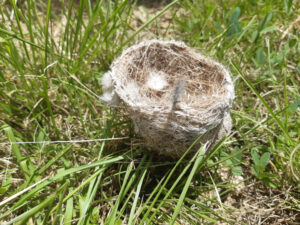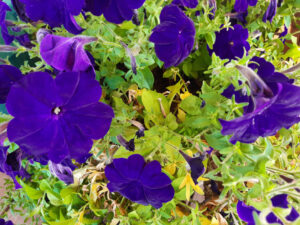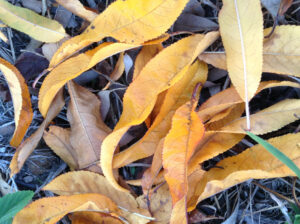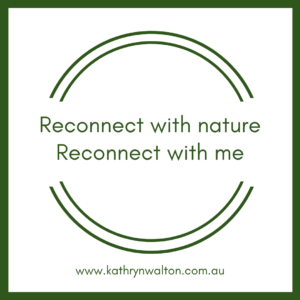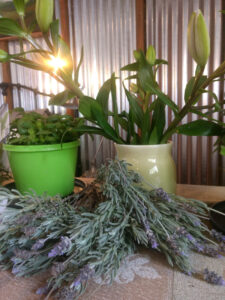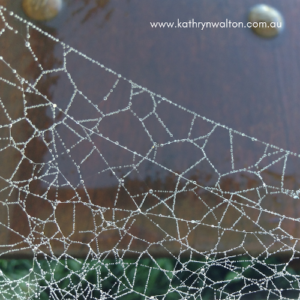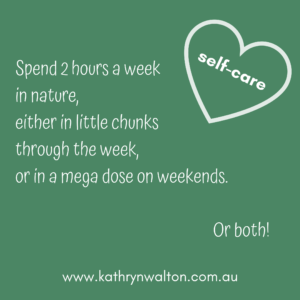This amazing planet that we live on has sustained life for many millions of years. It’s a world filled with incredible cycles in nature and in our own lives as humans. When we sit back and observe these cycles, we grow in understanding about our world and ourselves, and we learn that hope helps us to deal with the endings and beginnings that are part of life.
Cycles in nature are everywhere!
Cycles are part of nature. We experience them everywhere – in the animal and plant worlds, space, deep inside the Earth, the climate, the weather, natural disasters and within the human body and mind.
In the animal world
Over the past summer I watched a pair of willy wagtails go through their breeding cycle 4 times! They hastily built a little nest perched precariously above the spotlights on my shed, then suddenly there were two or three eggs in the nest and lots of back and forth and sitting on the nest, chasing away other birds, and catching insects. Then the signs that the baby birds were hatching started to show. The adults seemed agitated; not sitting still on the nest any longer.
Soon, the delightful sounds of little peeps coming from the nest heralded the arrival of the babies. The parents were busy with their harried back and forth of catching food and incessantly feeding the young. Then lots of oohing and aaahing from us as their little heads became visible above the edge of the nest as they stretched and called out to their parents to be fed before flopping with exhaustion back into a little feathered huddle again.
After a couple of weeks the babies would stretch their wings fully and teeter precariously on the edge of their nest, and take their first flight amid their parents’ squawks and alarm sounds at anything and everything nearby. The first fledgling seemed to get all the attention and every time we thought they’d abandoned their other babies, they suddenly reappeared and steered the next baby on its first flight too.
For the next few weeks the family hustled and bustled around the garden, eating and defending, and then suddenly the parents were back to the nest (a couple of times rebuilding the nest when it had fallen from its perch!), sitting on the next batch of eggs and the cycle started all over again. Each cycle had, for me, moments of excitement, delight and extreme worry. There were lots of ups and downs for the birds as well as for me, the observer! And when you think about it, life’s like that!
In the plant world
The cycles in nature are everywhere. The more obvious ones like animal breeding seasons and flowering and fruiting seasons come to mind. I’d love to share another story about the cycles in nature. This one is from the plant world.
My son was gifted a punnet of petunia seedlings when he graduated from high school. It was springtime and he potted them out into a beautiful ceramic pot on the verandah. He watered them and nurtured them and they grew – prolifically! The flowers were abundant and brought so much colour and joy to the world.
And then twelve months later they began to die back. He wondered if he’d done something wrong; maybe over-watered or under-watered them. But as he learned, this was part of the natural cycle of life as a petunia. When he cleared away the dead stems he saw new growth in the pot. So he continued the watering and nurturing pattern, not being sure whether they were baby petunias or weeds. The extra light from clearing away the dead stems helped the plants to grow, and yes indeed, they were baby petunias growing from the seeds of the previous plants. As I write this article, the little petunias are beginning to flower again. It’s such a beautiful cycle!
the solar system, climate and natural disasters
Apart from living things, there is also the cycle of night and day and the yearly cycle of the seasons. We hear and read about the climate cycles in times gone by, such as the ice age, and we wonder how much of our current climate change is due to a natural cycle and how much has been exacerbated by industry and human impact. You can also see natural cycles at work after bush fires, floods and other natural disasters when regrowth takes place.
Deep inside the earth and in space there are cycles at work too, changing the world as we know it gradually, and sometimes rapidly.
The Human Body
There are less obvious cycles in nature too. You might be aware of the sleep cycles that we experience. We don’t tend to think too much about them but research is showing more and more that each part of the cycle is vital for health and wellbeing.
We discussed how you can improve your sleep by spending time in the outdoors back in a previous blog post so if you missed it, you might like to check it out.
Within your body you have cycles and systems for digestion, blood circulation and even the way you think, make decisions and grieve happens in cycles.
Endings are connected to beginnings
Whether they’re obvious or invisible, cycles are an integral part of nature including human life.
As one cycle completes, another begins. Nature holds these reminders for us, and they give us hope when we feel lost or depressed. Endings are connected to beginnings. And beginnings have endings too.
Outdoors is my Therapy – beginnings and the next phase
The Outdoors is my Therapy initiative began just over a year ago. In the first phase I recruited eight Ambassadors to help me share inspiration around the world about the benefits of spending time outdoors. I also launched the Outdoors is my Therapy podcast and the Outdoors is my Therapy Facebook Group. We’ve been out and about exploring and meeting people and sharing adventures and listening to other people’s stories. Recently we had a beautiful camping weekend to celebrate the completion of this phase of the Outdoors is my Therapy cycle. There is sadness but there is also a lot of excitement and anticipation for what comes next. As this phase completes, what new beginnings will there be?
Stay tuned as we continue to roll out stories, inspiration, information and adventures in the outdoors because, as my Ambassadors all agree, Outdoors is my Therapy!
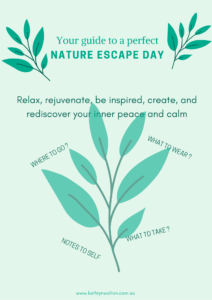 Would you like to soak up a little more outdoor life adventure or get connected to nature-based resources? Subscribe to my Grounded Inspiration newsletter which comes out approximately twice a month. It’s a short and sweet reminder in your inbox to prioritise your self-care in the outdoors.
Would you like to soak up a little more outdoor life adventure or get connected to nature-based resources? Subscribe to my Grounded Inspiration newsletter which comes out approximately twice a month. It’s a short and sweet reminder in your inbox to prioritise your self-care in the outdoors.
At the moment, I’m giving away “Your Guide to a Perfect Nature Escape Day” to new subscribers. This is a super-easy-to-use checklist that will help you easily and effortlessly plan a day of escape in nature where you can relax, rejuvenate and rediscover inner peace and calm. I have very regular escape days and I highly recommend them! I’ll tell you more about them in a future post.
Listen to Episode 27 of the Outdoors is my Therapy podcast!
I’d like to acknowledge the traditional owners of the land on which I live and work, the Gidhabal people. I pay my respects to their Elders past, present and emerging.
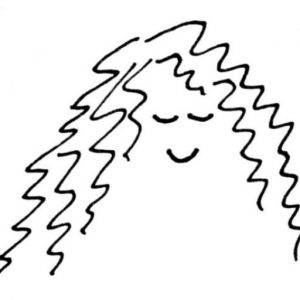 Discovering mountain biking as life’s ultimate parallel universe in her middle age, Kathryn Walton shares information and reflections that inform, inspire and empower women to a healthy and active lifestyle.
Discovering mountain biking as life’s ultimate parallel universe in her middle age, Kathryn Walton shares information and reflections that inform, inspire and empower women to a healthy and active lifestyle.

